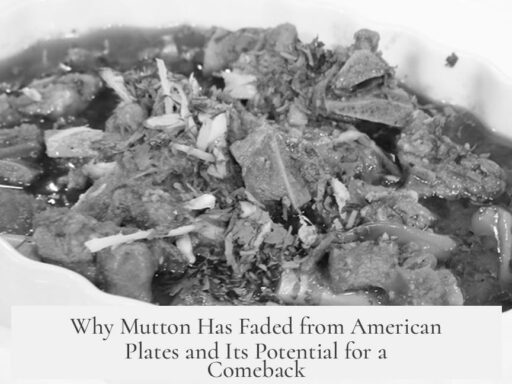The Korean War began only five years after Korea’s division due to deep-rooted political and social tensions that escalated into open conflict. The split of Korea at the 38th parallel in 1945 was initially intended as a temporary administrative measure after Japan’s defeat, not as a permanent division. However, divergent political systems emerged rapidly in the North and South, leading to hostile relations that culminated in war by 1950.
At the end of World War II, Korea was freed from Japanese occupation. The Allies agreed to divide the peninsula along the 38th parallel. This decision came from U.S. officials Dean Rusk and Charles Bonesteel, who deemed it a convenient demarcation line. The Soviet Union occupied the North, and the U.S. took control of the South. The primary intent was joint administration for repatriation of Japanese forces and planning Korea’s post-war future, not establishing rival states.
Political philosophies quickly hardened. In the North, communist ideology was well established before the split. Kim Il Sung, a Korean communist leader, had led anti-Japanese guerrilla campaigns and enjoyed considerable popular support. His allegiance with Chinese communists further consolidated his power after 1945.
In contrast, the South was shaped under U.S. military governance, the United States Army Military Government in Korea (USAMGIK). The American approach aimed to build a non-communist government, but it faced strong resistance from local communists and leftists. This led to significant internal conflict, including counterinsurgency campaigns against communist sympathizers in regions like Jeju and Cholla provinces.
The five-year period between the division and war featured ongoing internal strife and escalating violence. These years included:
- Southern government crackdowns on communists, marked by violent suppressions.
- Cross-border skirmishes and exchanges of fire between northern and southern forces.
- Entrenched political intransigence in the South, refusing to negotiate or reconcile with the North.
Such conditions set the stage for armed confrontation. Both Kim Il Sung and South Korean President Syngman Rhee sought a unified Korea under their respective regimes. Kim Il Sung’s decision to invade was influenced by knowledge of South Korean massacres, such as the suppression on Jeju Island, which weakened southern legitimacy among its own people. This internal dissent meant northern forces encountered some sympathy or acceptance from parts of southern society.
Bruce Cumings and John Merrill, respected scholars on the Korean War’s origins, highlight the significance of the post-colonial political battles within both Koreas. Cumings discusses the USAMGIK’s role and southern counterinsurgency efforts, while Merrill examines southern military actions against communists, revealing how these internal conflicts made war more likely.
The war’s outbreak on June 25, 1950, with North Korean forces crossing the 38th parallel, was not a sudden event but the consequence of sustained hostility. The North aimed to unify Korea under communist rule, while the South resisted fiercely. Notably, the North Korean military’s rapid advances were partially enabled by support within the South, reflecting divided loyalties. Civilian casualties were significantly affected by indiscriminate U.S. bombings during the war.
The North Korean narrative frames the conflict as a defensive war against a southern invasion supported by imperialist forces like the United States. However, historical and Soviet records confirm North Korea as the aggressor in starting the war, indicating a stark contrast between official North Korean accounts and historical evidence.
| Factor | Explanation |
|---|---|
| Division at 38th Parallel | Post-WWII temporary division agreed upon by major powers to remove Japanese forces. |
| Political Polarization | North became communist under Kim Il Sung; South formed anti-communist government backed by US. |
| Internal Conflict | Counterinsurgency and suppression of communists in South Korea escalated tensions. |
| Unification Goals | Both Koreas aimed to unify the peninsula, but under conflicting ideologies. |
| Border Skirmishes | Cross-border violence increased hostility, weakening chances for negotiation. |
| Outbreak of War | North Korea invaded South Korea in 1950, triggering full-scale war. |
- The Korean peninsula split in 1945 with intentions for temporary division, but political differences solidified quickly.
- Communist support in the North under Kim Il Sung contrasted with U.S.-backed anti-communism in the South.
- Internal repression and armed clashes within South Korea weakened stability and fed conflict.
- Both Koreas pursued unification, setting the foundation for inevitable war.
- The Korean War began as a result of sustained tensions, not a sudden attack.




